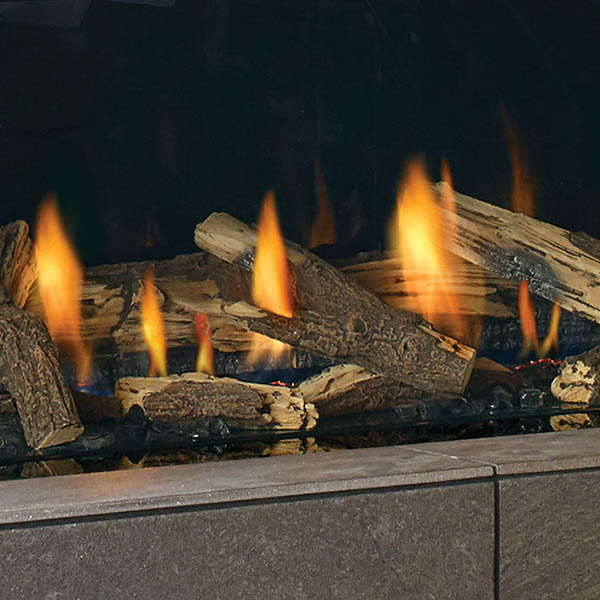Difference Between Radiant and Convection Heat
If it is challenging to keep your Rockville, MD, or Washington, DC, area home warm and comfortable during the winter, the solution may be as simple as changing the heater.

There are two methods for creating heat; radiant and convection. Understanding the difference between radiant and convection heating will help you select the right heating solution for your indoor and outdoor living spaces.
Radiant Heaters
Radiant heating or thermal radiation produces heat by using a warm object or surface to exchange the heat (around the space and back. A wood-burning fireplace or campfire is an example of a radiant or direct heater. The wood or coals are warmed objects to generate heat directly. When the wood or coals get hot, the energy transfer produces the warmth you feel. So, the closer you are to a direct or radiant heater, the warmer you are.
Convection Heaters
Convection or indirect heater draws in the cooler air. An internal heating element warms the air, and a fan circulates the heat throughout the living space. A direct vent gas fireplace is an example of a convection heater.
Radiant or Convective Heat?

Now that you know the difference between radiant and convective heat, which is better for your home? Well, that depends on the space you want to warm.
Many homes in Northeast Virginia and Capital Beltway communities use both: A convection heater like a direct vent gas fireplace for indoor heating and a wood-burning fireplace for creating a warm and inviting outdoor living space.
Radiant heating, like a wood-burning or gas fireplace, is a more effective solution for warming a patio or for use as supplemental or zone heating for indoor rooms. Although it loses up to 85% of the energy it generates through the chimney, the ambiance of wood-burning fire is an acceptable tradeoff for traditionalists who prefer the sights, sounds, and fresh scent of natural wood.
 For larger homes and indoor living spaces, a more energy-efficient solution is a convection heater like a wood-burning or gas fireplace insert. A convection heater retains the heat in a closed combustion system, distributing up to 85% of the energy it produces as heat. A fan blower circulates the warm air around the room. Other features, including remote operation, adjustable thermostat, and propane or natural gas fuel options, make it an affordable and energy-efficient primary home heating alternative to central heating.
For larger homes and indoor living spaces, a more energy-efficient solution is a convection heater like a wood-burning or gas fireplace insert. A convection heater retains the heat in a closed combustion system, distributing up to 85% of the energy it produces as heat. A fan blower circulates the warm air around the room. Other features, including remote operation, adjustable thermostat, and propane or natural gas fuel options, make it an affordable and energy-efficient primary home heating alternative to central heating.
Fireplace Sales and Installation
Bethesda Chimney has one of Washington, DC's largest selections of top-performing radiant and convection heating appliances for indoor and outdoor living spaces for every lifestyle and budget. Our trained and knowledgeable home heating experts will help you select the best fireplace, insert, or stove for homes in Montgomery County, MD, Washington, DC, and Northeast Virginia communities. Call 301-969-4444 or 703-935-4444 to consult with a fireplace expert today!








